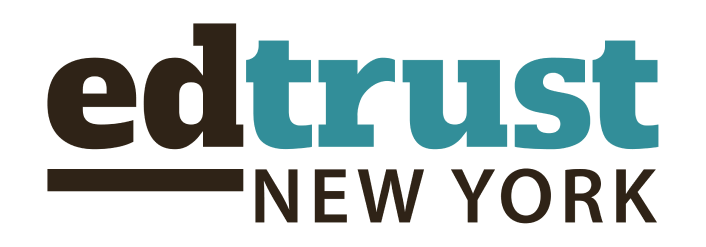Principle 8: Innovative professional learning invigorates and inspires teachers to try new things.
“This just isn’t working for me. I need something different.”
While many people would cringe upon hearing those “Dear John-type” words, they absolutely delighted me. The words came from a second–grader.
The young lady was a little frustrated with remote learning and took the initiative to pop into my digital office hours to ask for some guidance—a school librarian’s dream student, right? I asked about her interests and at the top of the list: tigers. She wanted to learn everything she could about tigers. So, I created a Google classroom for her, found some valid resources and created a broad variety of activities she could do. The student came up with some of her own activities, too, and she was happily on her way.
A few other children starting connecting during the office hours—they missed their special area teachers and were yearning for a sense of normalcy in their upside-down worlds. I can’t even begin to tell you how much this meant to me. These were perfect new partnerships—pure partnerships for learning and growing that I would like to replicate again and again. And they were ones that grew out of a less–than–ideal situation.
When schools in New York State were forced to close their doors and quickly transition to remote learning in mid-March, teachers had to scramble to put together lessons and materials that could be shared in a virtual setting. We went home from school on a Friday afternoon as usual and learned over that weekend that remote learning would begin the following Monday.
Understandably, one of the main priorities for classroom and subject-area teachers was organizing and presenting the academic content. I’ll admit, though, my fellow school librarians and I were feeling a little left out. We simply weren’t in the usual school setting where educators could easily collaborate on lessons or where teachers could simply walk their students down the hall to the library for research, digital tools, or deeper inquiry-based learning. And you know the old adage: out of sight, out of mind.
As the weeks progressed and everyone settled into the new teaching and learning routines, there were more opportunities to push into the virtual classes to offer resources, as well as to post materials to a new website I created to help support the online curricula. A different type of partnership was emerging with teachers—one that allowed me to share new digital tools and resources, even if it was in the strange new remote learning world.
What a gift! Teachers were able to spend less time searching for resources and I could share tools and strategies to increase students’ excitement about learning—just like the “old” days. And these tools are ones that allow pupils to show what they know in ways that go beyond writing research papers.
Maybe you want students to learn the science behind airplanes. Set them loose with a link to the ChatterPix app and the next thing you know they’ll create animated airplanes that talk about the experience of lifting off the ground or describing what G-forces feel like. The Easelly software helps kids organize the information and research they gather into easy-to-digest infographics.
Pixter, Smore, Canva, and podcasting apps are a few of my other favorites. Many of these apps have the added bonus of giving students foundational skills they can use in their careers—from data collection, information literacy, and critical thinking to choosing and matching technologies and software to complete a project or solve a problem.
In addition to these reimagined partnerships with students and colleagues, the COVID-19 crisis put me on a path toward another collaboration—one I never could have predicted. Our local Board of Cooperative Educational Services (BOCES)—an organization that provides shared services to school districts—was developing a comprehensive website with resources for online teaching and learning. The materials, which tied into state and national learning standards, would be available for any educator in the region—and beyond—to use. What an opportunity!
I partnered with teachers from other local school districts and we spent several days creating new curricular units, complete with engaging research- and skills-based activities for students. It was incredibly powerful to work side-by-side with educators who are usually in the classroom to fully explore curricular content and then to not only make that content high-quality and meaningful, but also to ensure students could integrate their own personal interests into the learning process. I absolutely loved the experience; it’s been one of the highlights of my career.
Spoiler alert: your school librarians can partner with you to create educational content, too. After all, they’ve been building on either K-6 or 7-12 curricula each year they’ve been leading your school library. Plus, they’ll all have their own list of favorite tools and resources to share (all vetted for quality)—whether we’re educating students in-person, remotely, or under a hybrid model.
Looking back on this experience and charting new territory had some surprisingly gratifying results—namely, opening the doors to some new—and reimagined—partnerships.
Donna Wilkes is in her 20th year as a school librarian in the Duanesburg Central School District in the Capital Region. She has worked both at the elementary and high school levels.
